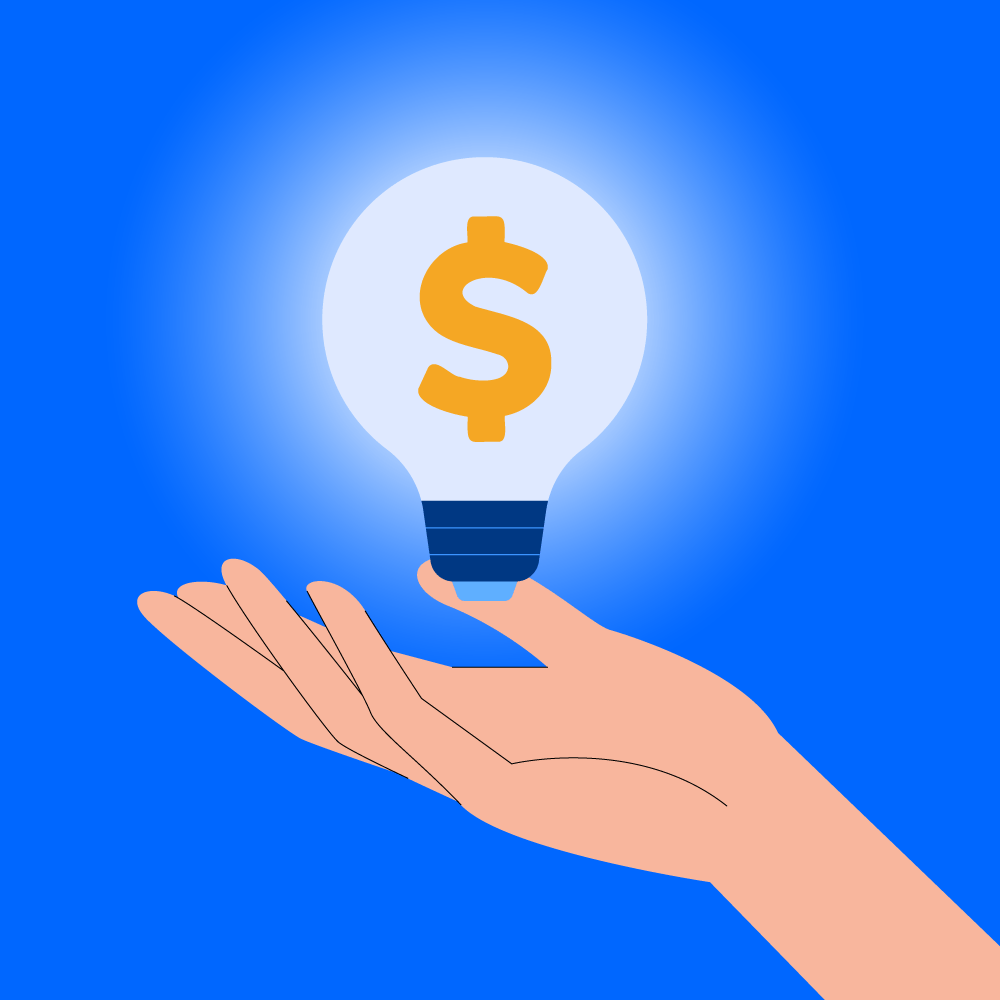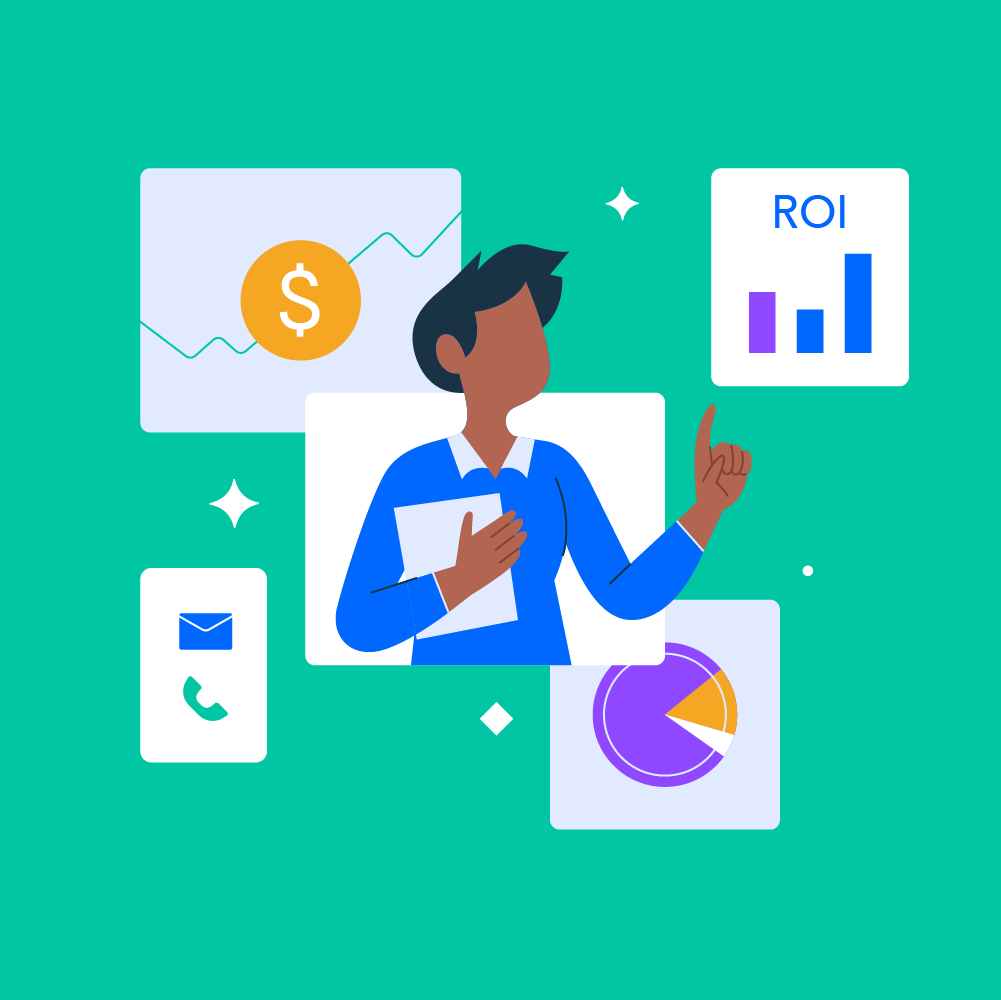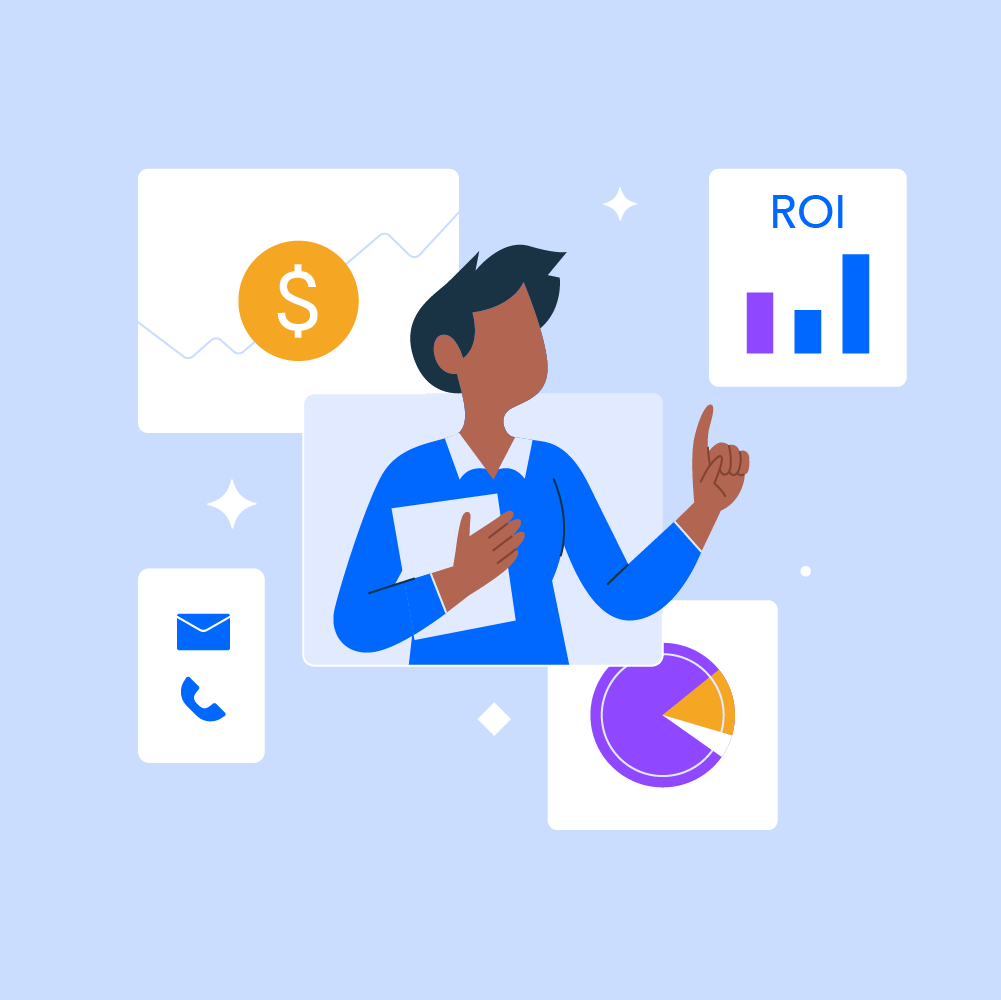What’s the best way to make an impact––to do good and better the world? Any time I ask myself this question, I think of my father, David Glover. He was the former executive director of the Oakland Citizens Committee for Urban Renewal (OCCUR) and founder of the Eastmont Computing Center, known today as the David E. Glover Education and Technology Center.
Why, exactly, do I think of my dad when I think about making an impact and about my responsibility, imbued by privilege and capacity, to make the world a better place?
Because my dad was the most effective agent of change I’ve ever met.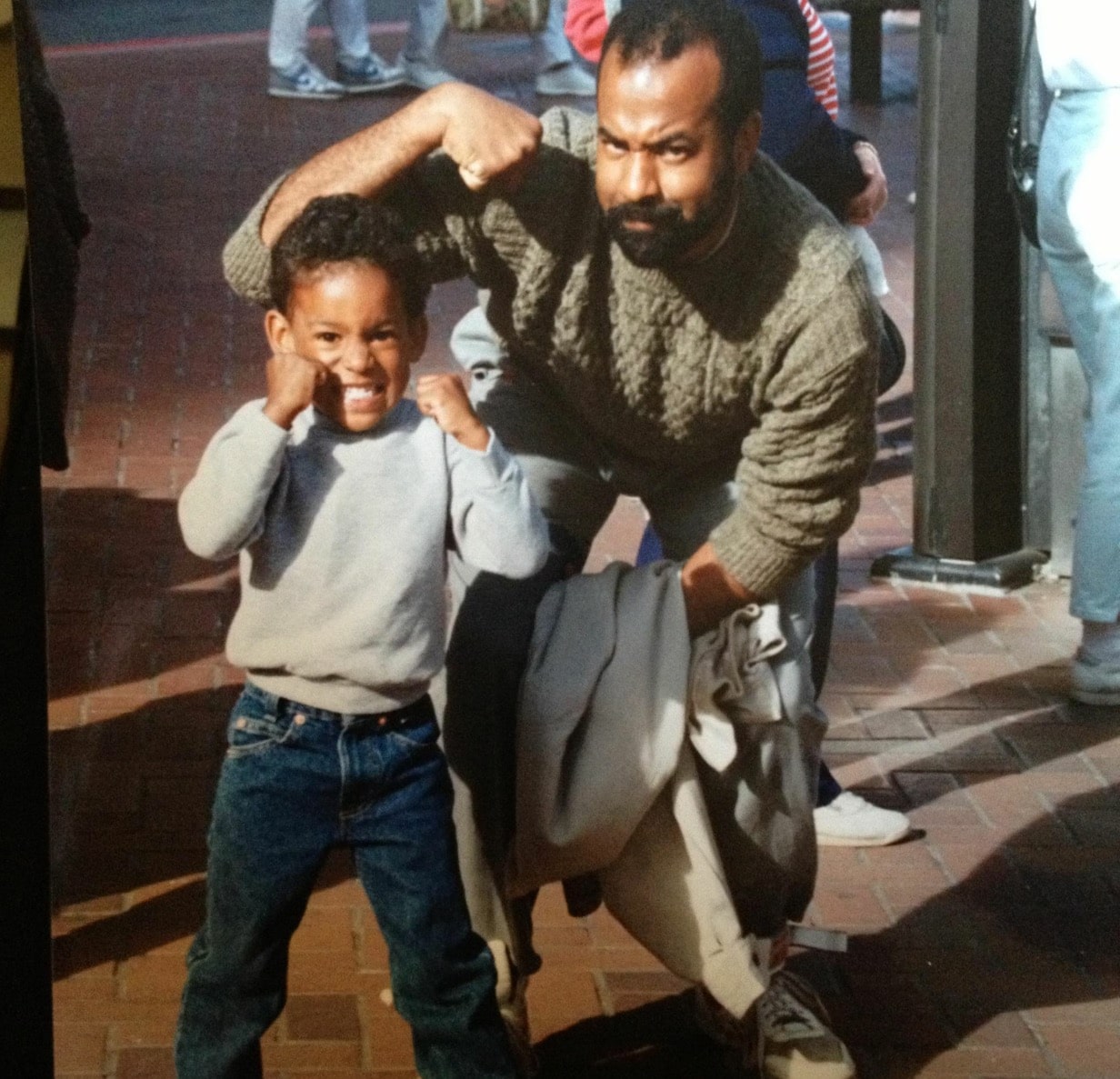

Building access to digital literacy
Evidence of this is available in the Center. The Center seeks, by way of dedication, kindness, and hard work, to elevate and empower. It’s a community hub offering low-income people of color in the East Bay Area access to digital literacy classes and workshops specializing in 21st-century professional training. Its aspirations are grand but also grounded in the belief that to improve a community, you must invest in its people––all of its people.
Learn how Crunchbase Pro can help you find non-profits in your area.
Today, the Center remains a critical resource for the city of Oakland. But it’s also an answer––dressed in clean peach stucco and nestled unassumingly between Macarthur and Foothill Boulevard––to this question of actualizing impact.
To better the world, you don’t need extravagant amounts of money, a zeal for activism, or a massive Twitter following.
You just have to care and be willing to translate your empathy into effort and action.
That’s what my dad did all his life.
My dad grew up in St. Louis, but Oakland was his home. He moved here after graduating from Howard University, where he majored in political science and found his passion for social justice. Tall, bearded, possessing of eyes that conveyed eternal optimism, he wasted no time getting to work.
He started with the Bay Area Urban League. Later, he signed on with OCCUR as the director of the Oakland Pride Project. He fought many of the early battles against redlining in Oakland’s low-income neighborhoods. He became executive director in 1982.
That was the title he’d hold for the rest of his life, however, it was hardly his sole focus.
In fact, my dad was so eclectically involved in the community––and so deeply committed to improving it––that in the early aughts, Oakland’s business and social leaders encouraged him to run for mayor. When he declined, and Ron Dellums ran instead, Dellums asked my dad to be his chief of staff. My dad turned him down, too, so he could continue his advocacy work. It would be through more direct investment in the people of Oakland, he thought, that he’d affect the most change.
How to give time, energy, and action to influence change
Accordingly, it was among the people of Oakland that I came into my progeny of service. My childhood was defined by long walks up and down 14th Street, clasping my father’s hand as he stopped to speak with every person we passed, from politicians to panhandlers, business owners to service workers. He knew every name, even of those who slept on the street. They’d come regularly to visit my father in his office.
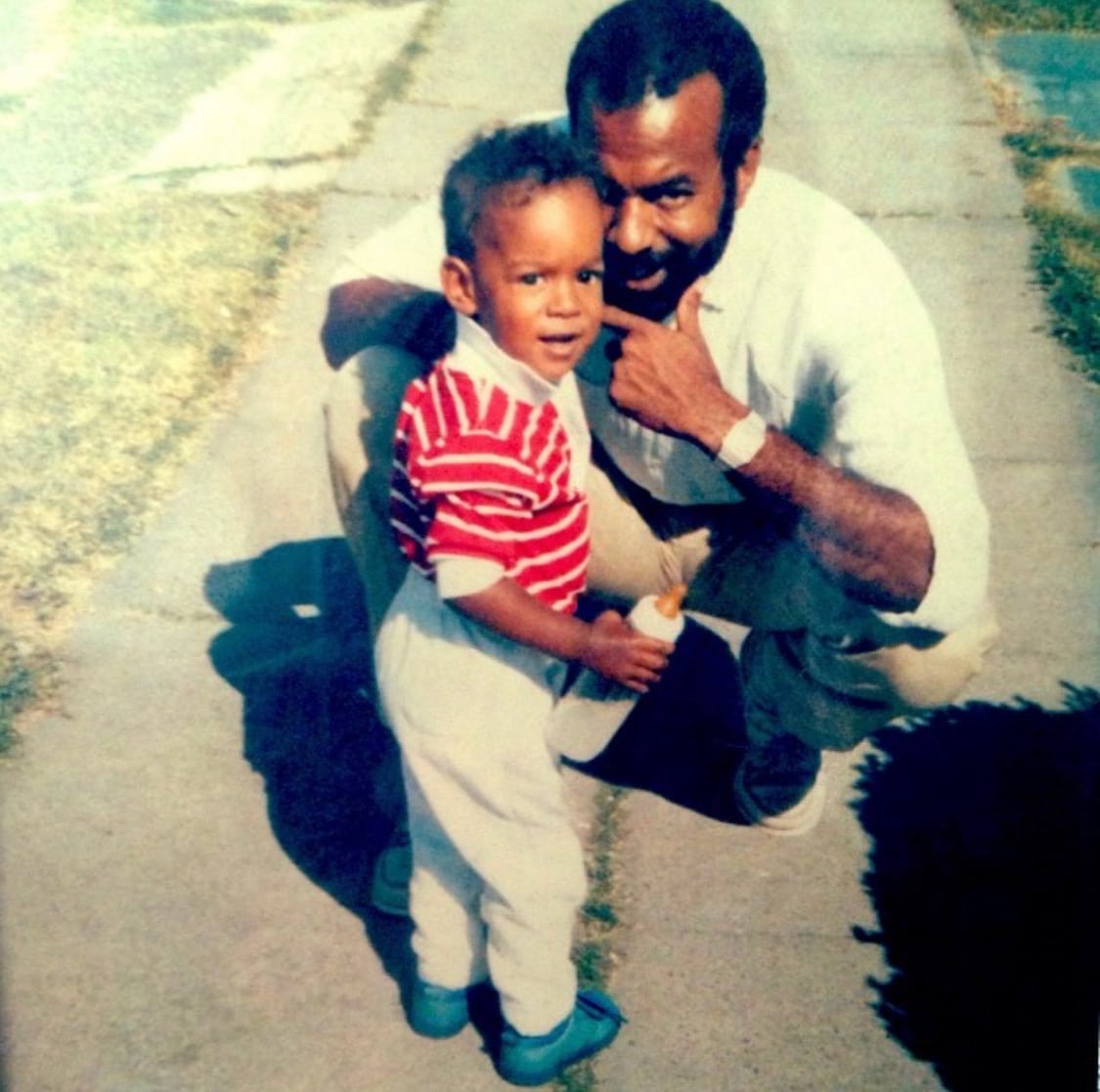

When they came, my father gave them whatever they asked for: help, encouragement, money.
What he gave the most of, however, was time. Energy. Action. My dad believed with all his heart that Oakland could become an epicenter of technology, and he worked as hard as he could to give its people the infrastructure to make that happen.
And he never tired; no matter the darkness underlying the eyes of the discouraged, he never let his faith in the potential of progress fade or wane.
It was from that faith that the Eastmont Computing Center was born.
Initially, the Center was simply a place where neighborhood kids could come learn how to use computers and search the web––crucial skills they’d need to navigate a world that demanded digital literacy. Yet, in time, through the hard work of my father and the impassioned people he worked with, the Center grew into something more: an education hub offering a more dynamic sort of inclusion. STEM training, coding classes (taught in both English and Spanish), chances to interact with the most cutting-edge technology––artificial intelligence, physical computing, virtual reality. It is now a functioning mechanism for communal elevation, complete with the alumnus who comes back to the Center to teach classes of their own.
It’s a version, in other words, of what my dad envisioned when he dreamed of providing the people of Oakland the opportunity to compete in the modern world––an emblem of his legacy as a man of actual, lasting impact.
It’s for that reason, in particular, that the Center is so important to me. I serve on the board. I tutor, advise, and mentor. And while I see this work as a way to invest in the community I grew up in, I’m also conscious of the fact that it’s very much a means of continuing my dad’s work, honoring his legacy.
And that, ultimately, boils down impacting the world for the better.
And it’s to this end that I feel I’m not doing enough.
I know I’m not the only one who feels this way, either. Many of the young professionals I went to school with––all adults now, many of us entrepreneurs or educators––feel this kind of guilt. As do many of the folks I work with today. Like their philanthropic efforts are inadequate. Like whatever legacy they’re trying to honor remains incomplete.
Building a legacy and invest in community
The question which catalyzed me to write this is for all of us, then: how do we do more? How do we impact the world more effectively, in a way that continues the work of those who inspired us?
The answer begins, I think, with dispelling certain misconceptions many young people today have about charitable giving, philanthropy, this task of doing good.
Too many think that the only way to better the world is to give money––preferably large sums of it––to well-heeled causes. The truth is, the best way to better the world is to invest time, energy, and care at the community level.
For me, that means investing in my dad’s Center––ensuring it remains an effective vehicle for social change. If you’re in the market for a means of giving back, of doing good, the Center could certainly use your help.
How to invest in your local community
If you want to invest in your local community, however, the good news is it’s easier than ever to engage with causes and leaders where you live. Technology and increased connection have empowered us to this end in ways my dad only could have dreamed of. (Sites like Dosomethingood.org and Givewell.org are two excellent examples of such resources.)
No matter what we decide, however, the important thing, I believe, is that when we ask ourselves whether we’re doing enough to better the world––when we question how, exactly, we can do more––we translate that mental energy into action.
And that we do it purposefully, at the ground level, where such investments can grow and bloom into the sort of change that’s systemic and generationally impactful.
If my dad taught me anything, it’s that that’s how true change happens.
To learn more about how you can support the David E. Glover Education and Technology Center, click here.
Learn how Crunchbase has committed to pledging 1% of our time, equity, and product to give back and see how you can get involved here.
Drew Glover is the Vice President of Marketplace at Steady and a co-founder of Welcome. He serves on the board of the David E. Glover Education & Technology Center. He is an avid reader, traveler, and sandwich connoisseur. He lives in San Francisco, CA.



